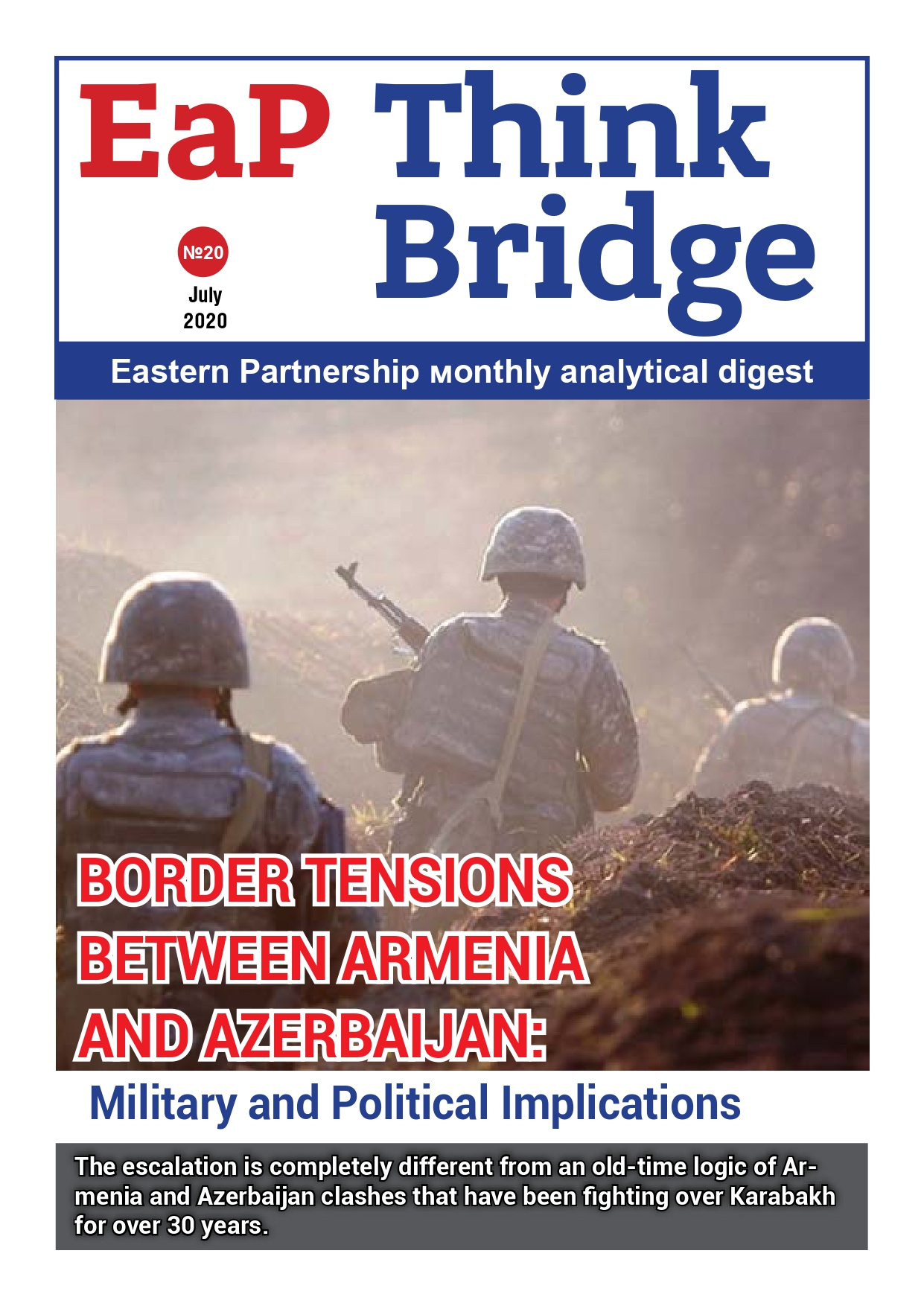After weathering a decisive yet somewhat disappointing parliamentary election on 2 April, political competition in Armenia only deepened within the month, marked by the natural post-election negotiations over a new coalition and a looming municipal election for the capitol Yerevan set for 14 May. Although economic issues and foreign policy tended to be eclipsed by the political developments, this month was also marked by the one-year anniversary of the most serious fighting over Nagorno-Karabakh, making the risk of the renewed warfare a serious concern
Domestic Policy: Armenia’s election aftermath
After a pivotal parliamentary election on 2 April, Armenia’s ruling Republican Party maintained its position as the largest party in the Parliament, holding on to its leadership position since the first taking power in 1999. Garnering almost 50% of the vote (58 seats plus 7 more seats of pro-government Dashnak), the Republicans were far ahead of its rival, the Tsarukian bloc, which came in second with slightly less than 28% (31 seats).
But the election did include a notable breakthrough with the election of a new opposition force, the “Exit” bloc, which came in third. Composed of two new and much more diverse parties, the “Bright Armenia” and the “Civil contract”, the third-place finish gave the bloc 9 seats and an opportunity to begin work as a constructive, and more effective new opposition within the new Parliament.
Third-place finish gave the “Exit” bloc an opportunity to begin work as a constructive, and more effective new opposition within the new Parliament
Sadly, the election was less about promise and progress and, instead, demonstrated that old habits die hard, as the ballot was tainted by a pattern of voting irregularities, including vote buying and voter intimidation, as well as a reliance on coercion and interference by the incumbent ruling party. Despite these shortcoming and deficiencies, the election results were generally accepted, and did not trigger any street demonstrations or protests.
Although the absence of any post-election crisis was surprising, it was mainly due to the election of a new and more viable opposition. And it also stemmed from the fact that the real conflict was behind the scenes, as a competition within the country’s political elite over political spoils of the patronage and positions only heightened through the weeks after the election.
Economy: Looming challenges
Yet the outlook for an orderly political transformation to a parliamentary system by 2018 is neither assured, nor automatic. The new Parliament will face a set of urgent challenges and pressing problems, ranging from the deepening economic downturn afflicting the country to the deep-seated burden of the entrenched corruption. This inherent weakness is only magnified by the risk of the dangerously high expectations from the public promises of the economic growth voiced throughout the campaign.
And such campaign promises were too easy to make, especially by the Prime Minister, who specifically and personally pledged to bring in “billions” of dollars in new investments. Thus, popular expectations have been raised and people now expect to see the next government to at least try to fulfill its own vows.
Foreign Policy: One year on—risk of renewed hostilities
Externally, the pronounced and increased risk of the renewed hostilities over Nagorno-Karabakh loomed large for a month, for several reasons. First, 2 April marks the one-year anniversary of the most serious fighting over Nagorno-Karabakh in over two decades. Last year’s round of fighting, triggered by an offensive by Azerbaijani forces against Nagorno-Karabakh, followed a steady escalation of both tension and military operations that already seriously undermined and weakened the fragile 1994 ceasefire in place.
More broadly, last April’s fighting not only confirmed that the “frozen” conflict over Nagorno-Karabakh had entered a new, much more serious combat phase, but also, for the first time, the large-scale Azerbaijani military offensive succeeded in meeting a limited campaign objective of seizing and securing territory.
And for the Azerbaijani leadership, the military offensive in April, 2016 offered a convenient distraction from the domestic economic problems, which have only mounted in recent years due to the country’s dependence on the energy sector as the main driver for growth. At the same time, a second related factor is that a repeat military victory, in terms of seizing a territory no matter how small in size, is simply far too tempting to forego.
Such temptation is especially important for the Azerbaijani government, whose sense of humiliation and loss over the Karabakh conflict is not only deeply rooted, but has also burdened several consecutive leaders. Such a reversal of fortunes on the battlefield, therefore, not only endows an embattled authoritarian regime with a degree of legitimacy, but also empowers a leadership with little popular support. And lastly, a final factor driving an increasingly likely resumption of hostilities stems from the absence of any real deterrence, whereby nothing and no one is capable of pressuring or persuading Azerbaijan from not resorting to an attempt to “resolve” the Karabakh conflict through the force of arms.
Despite this increasing risk of a renewed Azerbaijani offensive targeting Nagorno-Karabakh, there are two key differences from the April, 2016 context. First, unlike last April’s sudden attack, any Azerbaijani offensive would lack the element of a surprise, a factor that was crucial to their initial breakthrough and subsequent territorial gains. And a second serious difference is that the defending Karabakh forces are now much better equipped and well-armed, in contrast to the previous year military posture and disposition of the defensive units. Given these factors, the danger now is of a new round of fighting that may quickly and seriously escalate, posing even more lasting damaging to an already delicate balance of power that only undermines fragile regional stability.



